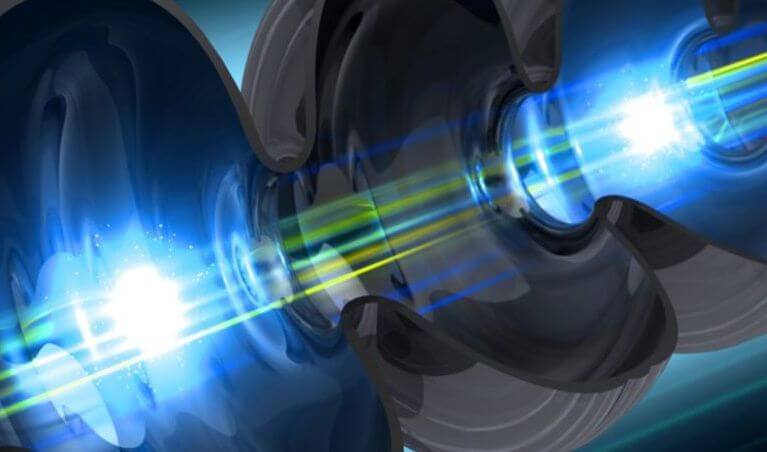- Get link
- X
- Other Apps

Since 2009, the Stanford Linear Accelerator Center (SLAC) has been home to the world's brightest Linac Coherent Light Source (LCLS) X-ray laser. This laser is used in the process of x-ray microscopy to obtain images of large molecules with atomic resolution. Using this laser, scientists were able to see how chemical reactions take place, how electrons move inside various materials, revised their views on photosynthesis, and much, much more. And now this laser will become 10,000 times brighter, which will open to the scientific world even more hidden secrets of the universe.

Approximately $ 1 billion was needed to invest in the project to make the LCLS-II laser brighter by 10,000 times and faster by 8,000 times. The laser will emit up to 1 million pulses per second (for comparison: the previous laser was only capable of 120 pulses per second), which will allow scientists to see the atomic world with unprecedented detail. To achieve this frequency, the electrons will not accelerate inside the copper pipe, as before, but inside the metal cavities of niobium, cooled to a temperature of –271 degrees Celsius.
Using this technology, it became possible to create an almost continuous laser beam of incredible brightness. All this will bring X-ray microscopy to a fundamentally new qualitative level and open the door for scientists to completely new worlds that until then were not available to them. Potentially studying the world with such a powerful microscope can help with the creation of new drugs, innovative electronics, and also lead to the emergence of new energy sources.

The article is based on materials .
- Get link
- X
- Other Apps
Comments
Post a Comment